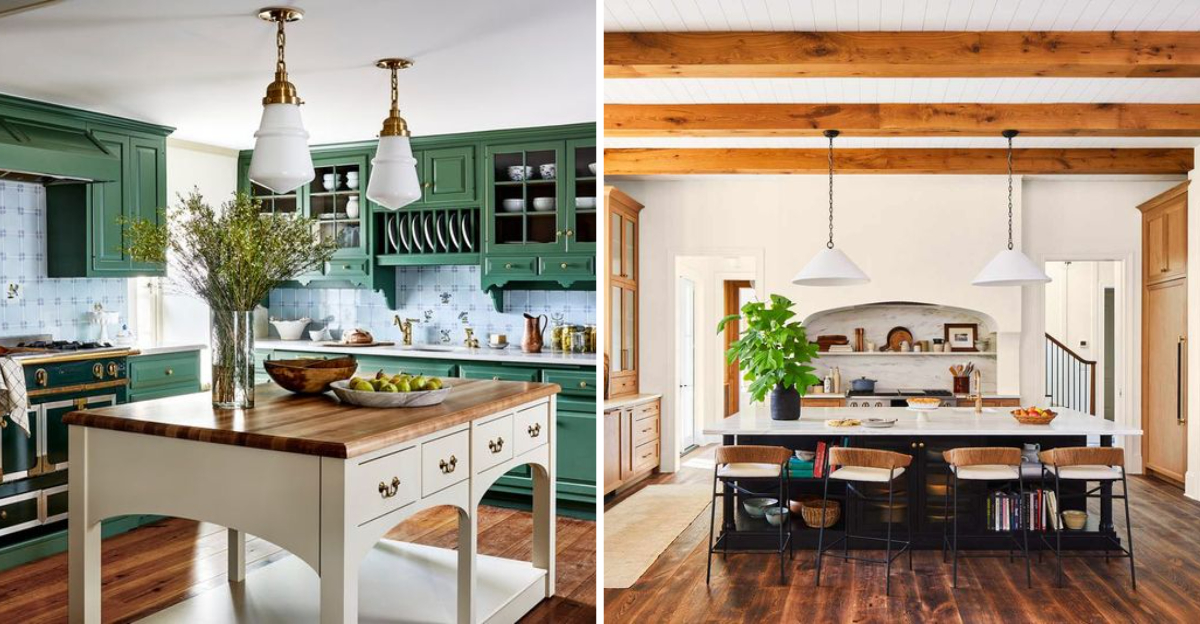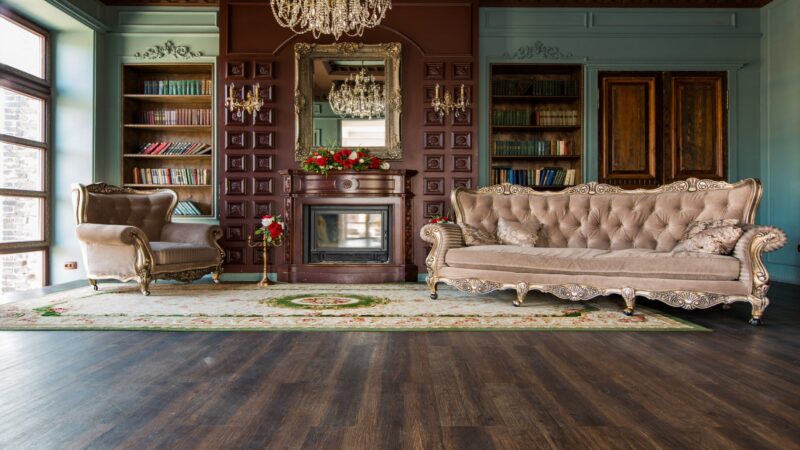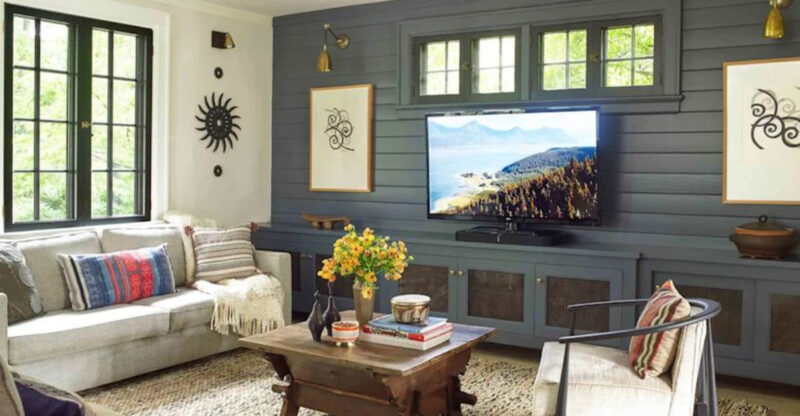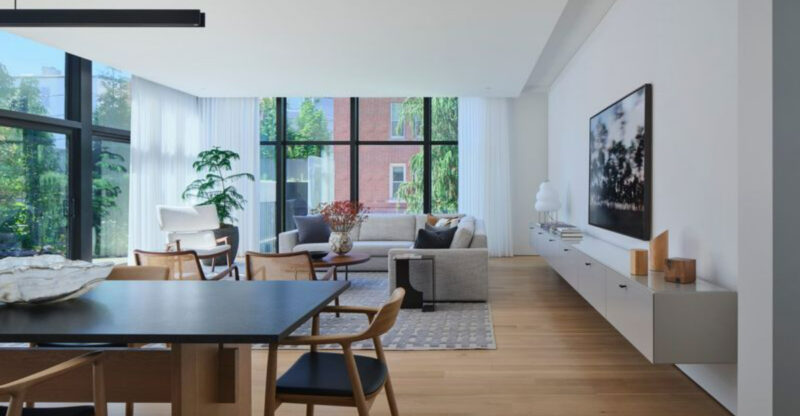7 North Carolina Farmhouse Kitchens That Locals Can’t Stop Copying

North Carolina’s farmhouse kitchens blend rustic charm with modern functionality in ways that have locals reaching for their renovation planners.
These cozy culinary spaces capture the state’s rich agricultural heritage while incorporating practical elements perfect for today’s home cooks.
From the Blue Ridge Mountains to the Outer Banks, these kitchen designs celebrate local craftsmanship and create gathering spaces that feel both timeless and fresh.
1. Shaker Cabinets
Simplicity reigns supreme in North Carolina farmhouse kitchens where Shaker cabinets have become the gold standard. Their clean lines and minimal ornamentation create the perfect backdrop for busy family kitchens without sacrificing style. Many homeowners opt for locally sourced pine or oak with a light whitewash that allows the wood grain to peek through.
Did you know these cabinets were originally designed by the Shaker religious community who valued functionality and craftsmanship? Today’s Carolina builders often add subtle modern touches like soft-close hinges and custom storage solutions inside while maintaining the classic external appearance.
For authentic farmhouse appeal, locals pair these cabinets with oil-rubbed bronze or black iron hardware that develops a beautiful patina over time.
2. Butcher Block Counters
Warm golden tones of maple and oak butcher block countertops bring irreplaceable character to North Carolina farmhouse kitchens. The natural wood surfaces develop a rich patina that tells the story of family gatherings, holiday baking sessions, and everyday meal prep. Many local homeowners source their counters from North Carolina’s abundant hardwood forests.
These practical surfaces offer more than just good looks. They’re forgiving work surfaces that can be sanded and refinished multiple times, making them perfect for busy families. Smart homeowners seal them with food-safe oils rather than polyurethane for easy maintenance.
When paired with white cabinets and farmhouse sinks, these wooden countertops create a warm contrast that defines the modern Carolina farmhouse aesthetic.
3. Farmhouse Sinks
White fireclay farmhouse sinks have become the crown jewel in Carolina country kitchens. Their deep, wide basins accommodate everything from bulky stockpots to garden-fresh produce waiting to be washed. The exposed apron front creates a striking focal point that instantly communicates farmhouse authenticity.
Local designers often position these statement sinks beneath windows that frame views of Carolina’s rolling hills or lush gardens. This placement creates a peaceful spot for daily tasks while maximizing natural light. The most coveted installations feature custom cabinetry that frames the sink perfectly, making it appear built-in rather than added as an afterthought.
Though white remains the classic choice, some homeowners opt for hammered copper versions that develop beautiful verdigris patinas reflecting North Carolina’s metalworking traditions.
4. Open Shelving
Instead of wall-to-wall upper cabinets, North Carolina farmhouse kitchens showcase carefully curated collections on open shelving. Handmade pottery from the state’s renowned ceramics tradition, vintage Mason jars, and everyday dishes become part of the decor when displayed on thick wooden planks mounted with industrial-style brackets.
Many homeowners salvage wood from old barns or local historic buildings, bringing authentic character and history to their kitchen walls. These shelves aren’t just decorative they provide practical storage while encouraging an edited approach to kitchen essentials.
The most successful open shelving arrangements balance utility with aesthetics by grouping similar items together and leaving breathing room between objects. This intentional styling creates visual interest without the cluttered look that can make a kitchen feel chaotic.
5. Exposed Beams
Looking up in a Carolina farmhouse kitchen reveals one of its most distinctive features gorgeous exposed wooden beams stretching across ceilings. These architectural elements add immediate character whether they’re authentic structural components or decorative additions installed to create architectural interest. Hand-hewn beams recovered from centuries-old tobacco barns are particularly prized.
The rich patina of aged wood creates a striking contrast against white-painted ceilings, instantly drawing the eye upward and making even modest-sized kitchens feel more spacious. Clever homeowners use these beams as mounting points for pot racks or vintage-inspired pendant lights.
When paired with contemporary elements like stainless appliances, these rustic overhead features create the perfect balance between old and new that defines successful farmhouse style in North Carolina homes.
6. Vintage Lighting
Antique brass pendants and milk glass fixtures illuminate Carolina farmhouse kitchens with warm, inviting light. Homeowners scour Asheville antique shops and coastal flea markets for authentic vintage pieces that bring historical charm to modern spaces. These lighting choices serve as jewelry for the kitchen, adding personality without overwhelming the clean aesthetic.
Local craftspeople have begun creating new fixtures inspired by historical designs but updated with modern wiring and finishes. This approach offers the best of both worlds vintage style with contemporary reliability. Many incorporate touches of black iron to complement hardware elsewhere in the kitchen.
The most successful lighting plans layer different sources, combining statement pendants over islands with simple sconces near sinks and discreet under-cabinet lighting for task areas. This thoughtful approach ensures the space feels welcoming at any time of day.
7. Wooden Breakfast Nooks
Nestled in sunny corners, wooden breakfast nooks have become essential gathering spots in North Carolina farmhouse kitchens. These cozy built-in seating areas typically feature L-shaped benches crafted from the same wood as nearby cabinetry, creating visual continuity throughout the space. Hinged bench tops provide clever storage for seasonal items or rarely-used kitchen equipment.
Most nooks incorporate a simple pedestal table that allows easy entry and exit while maximizing seating. Homeowners soften these dining spaces with cushions covered in washable fabrics often featuring subtle plaids or ticking stripes that reference traditional farm textiles.
The best breakfast nooks position diners to enjoy garden views or morning sunlight through nearby windows. This thoughtful placement makes these spaces perfect for lingering over coffee long after breakfast is finished, transforming an everyday meal into a cherished daily ritual.






